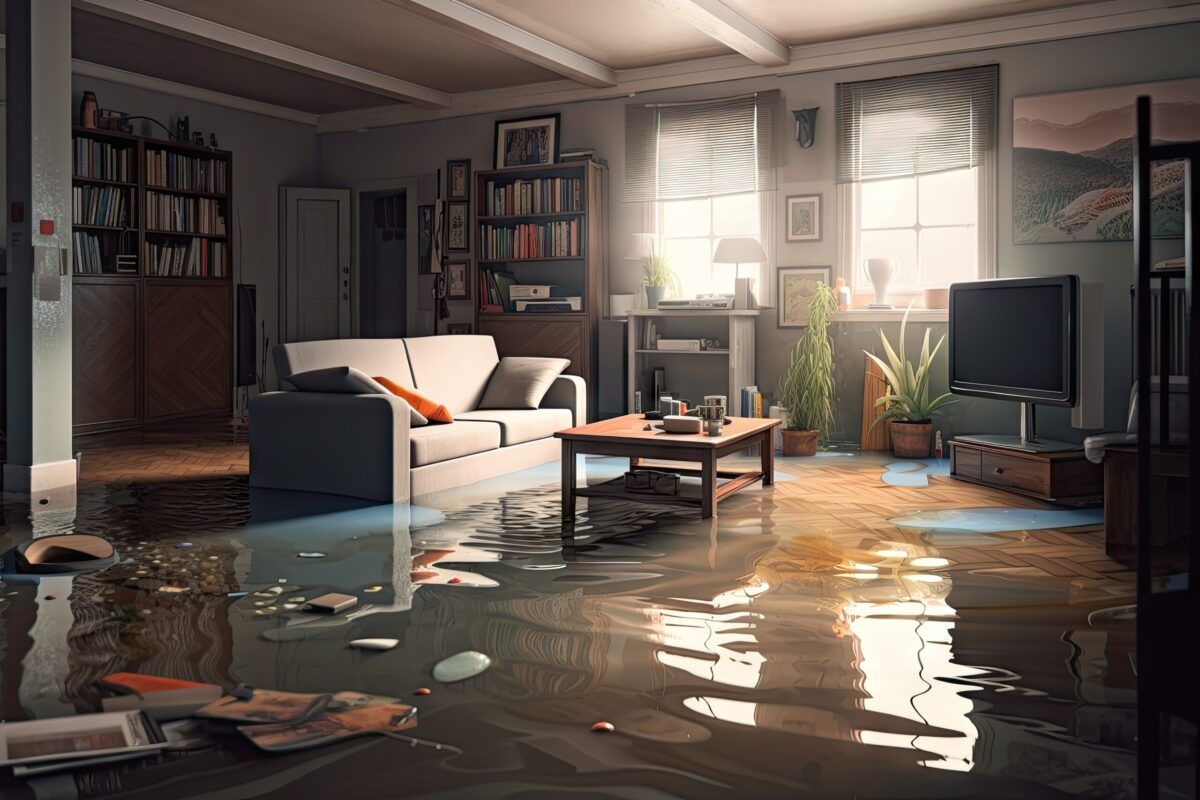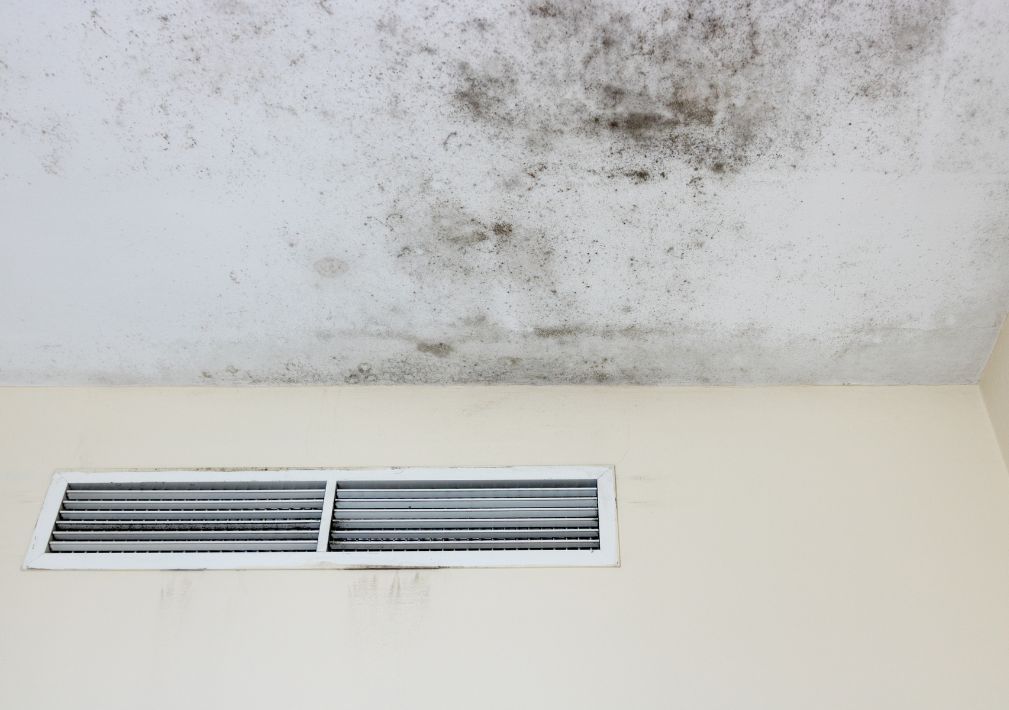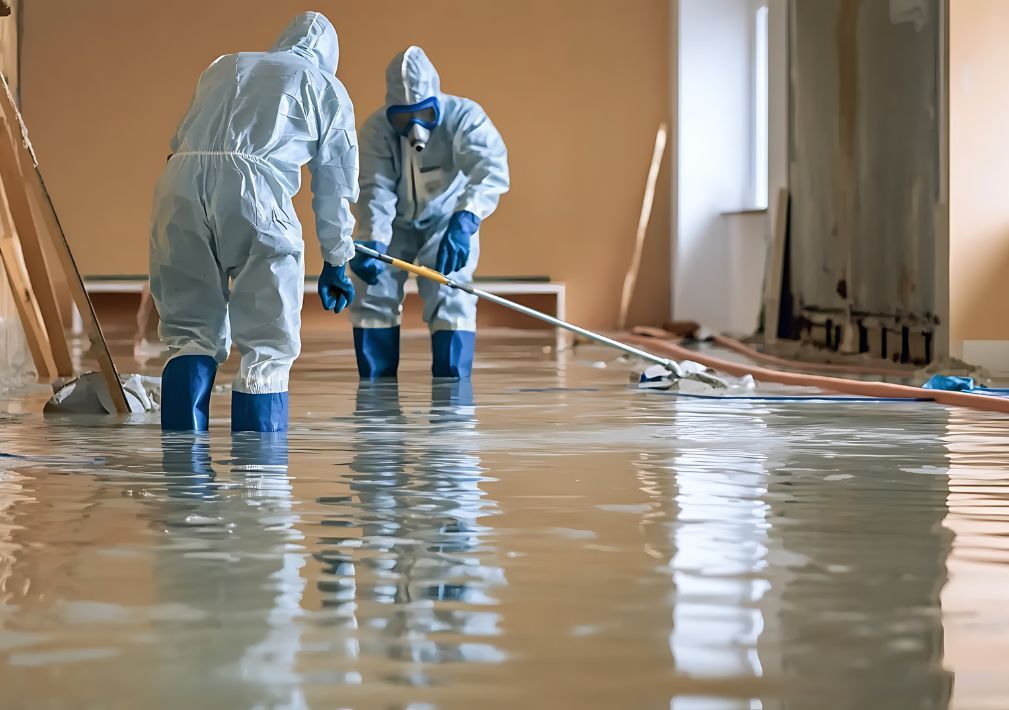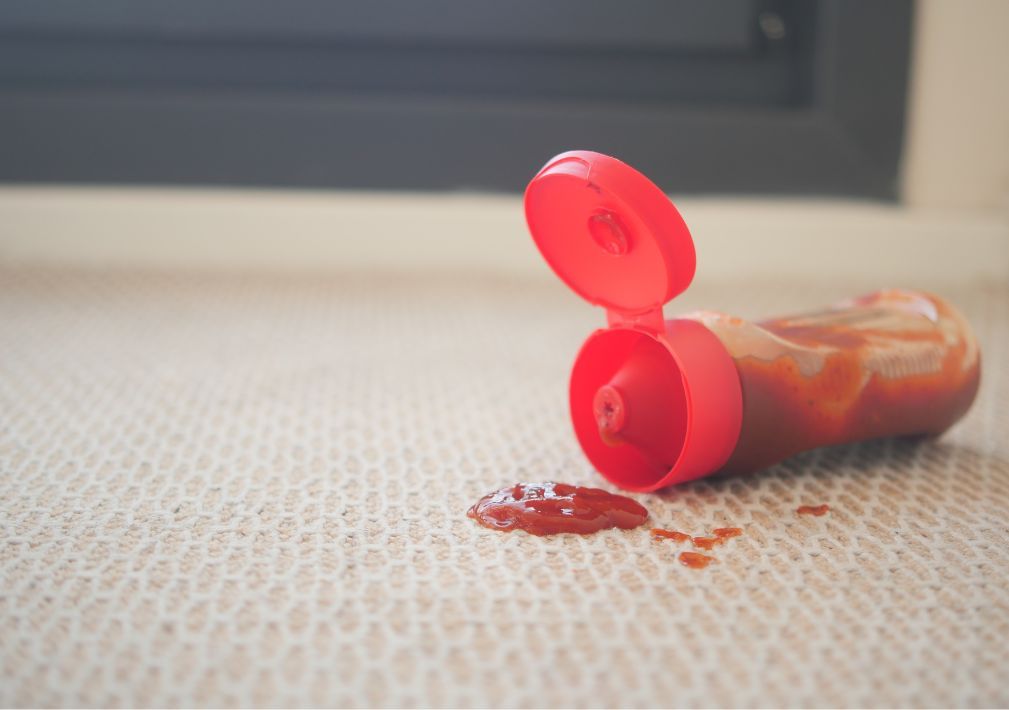8 Telltale Signs of Water Damage in Your Home

Water damage can be a homeowner’s worst nightmare, causing significant structural and financial losses. The key to minimizing the impact of water damage lies in early detection. By recognizing the signs of water damage, you can take prompt action to prevent further deterioration and costly repairs. In this blog post, we will explore eight common indicators of water damage in your home. Whether you’re a new homeowner or a seasoned one, understanding these signs will help you protect your property and maintain its value.
1. Water Stains and Discoloration
One of the most visible signs of water damage is the presence of water stains or discoloration on walls, ceilings, or floors. These stains often appear as yellow or brownish patches and may indicate an ongoing or previous water intrusion. When water infiltrates your home, it can seep through building materials, leaving behind unsightly marks. Even if the water has dried up, the stains may remain, serving as a telltale sign of past damage.
2. Musty Odor
A persistent musty smell is another red flag for water damage. When water accumulates in hidden areas such as basements, crawlspaces, or behind walls, it creates a damp environment conducive to mold and mildew growth. These fungi produce a distinct odor, which can permeate throughout your home. If you notice a musty smell that lingers despite your best efforts to eliminate it, it’s crucial to investigate further for potential water damage sources.
3. Warped or Buckled Flooring
Water damage can wreak havoc on your home’s flooring. If you notice warping, buckling, or a spongy feeling underfoot, it could be a sign of water infiltration. Wooden floors are particularly vulnerable, as they absorb water and swell when exposed to moisture. Laminate or vinyl flooring may exhibit a separation between planks or bubbles forming on the surface. If left unaddressed, water-damaged flooring can become a breeding ground for mold and pose a safety hazard.
4. Peeling or Bubbling Paint
Paint that is peeling, bubbling, or blistering is often a result of moisture trapped beneath the surface. When water penetrates walls, it can compromise the integrity of the paint, causing it to lose adhesion and peel away. These damaged areas become more susceptible to mold growth and further water infiltration. If you observe any abnormalities in your painted surfaces, it’s vital to investigate the underlying cause to prevent further damage.
5. Mold and Mildew Growth
Mold and mildew thrive in damp environments, making their appearance a clear indication of water damage. Keep an eye out for visible signs of mold growth, such as dark spots or fuzzy patches on walls, ceilings, or other surfaces. Bathrooms, kitchens, basements, and areas near leaky pipes or windows are common hotspots for mold infestation. In addition to the unsightly appearance, mold can cause health issues, including respiratory problems and allergies. Immediate action is necessary to address the water source, remove the mold, and restore healthy indoor air quality.
6. Deteriorating or Stained Wood
Water can wreak havoc on wooden structures and furniture. If you notice deteriorating or stained wood, it could be a sign of water damage. Rotting wood may feel soft or spongy to the touch, and it may exhibit visible signs of decay, such as discoloration, warping, or cracking. Pay close attention to areas prone to water exposure, such as window sills, door frames, or wooden support beams. Prompt repairs or replacements are essential to prevent further structural damage and maintain the overall integrity of your home.
7. Damaged or Sagging Ceilings
Water damage can compromise the structural integrity of your ceilings, leading to visible signs of distress. If you notice sagging, bulging, or discolored areas on your ceilings, it may indicate a leak or water intrusion from above. Over time, the accumulated water can weaken the ceiling materials, causing them to sag or even collapse. Ceiling damage should never be ignored, as it poses a significant safety risk to occupants. Seek professional assistance immediately to assess the extent of the damage and implement appropriate repairs.
8. High Water Bills
While the previous signs primarily focus on visible indications of water damage, an unexpected increase in your water bills can serve as an early warning sign. If your usage patterns have not changed, yet your bills are significantly higher than usual, it could be due to an undetected water leak. Leaking pipes, faucets, or toilets can result in a continuous flow of water, leading to wasted resources and potential water damage. Monitor your water bills closely, and if you suspect an issue, consult a plumber to locate and fix any leaks promptly.
What To Do If You Suspect Water Damage In Your Home
Water damage can have severe consequences for your home, ranging from structural issues to health hazards. By being vigilant and recognizing the signs of water damage early on, you can take swift action to mitigate the damage and prevent further complications. Regularly inspecting your property for water stains, odors, warped flooring, peeling paint, mold growth, deteriorating wood, damaged ceilings, and abnormal water bills will help you identify potential issues before they escalate. Remember, if you encounter any signs of water damage, it is essential to consult professionals to assess the situation and carry out the necessary repairs. By addressing water damage promptly, you can safeguard your home and preserve its value for years to come.
More Blogs
Categories


